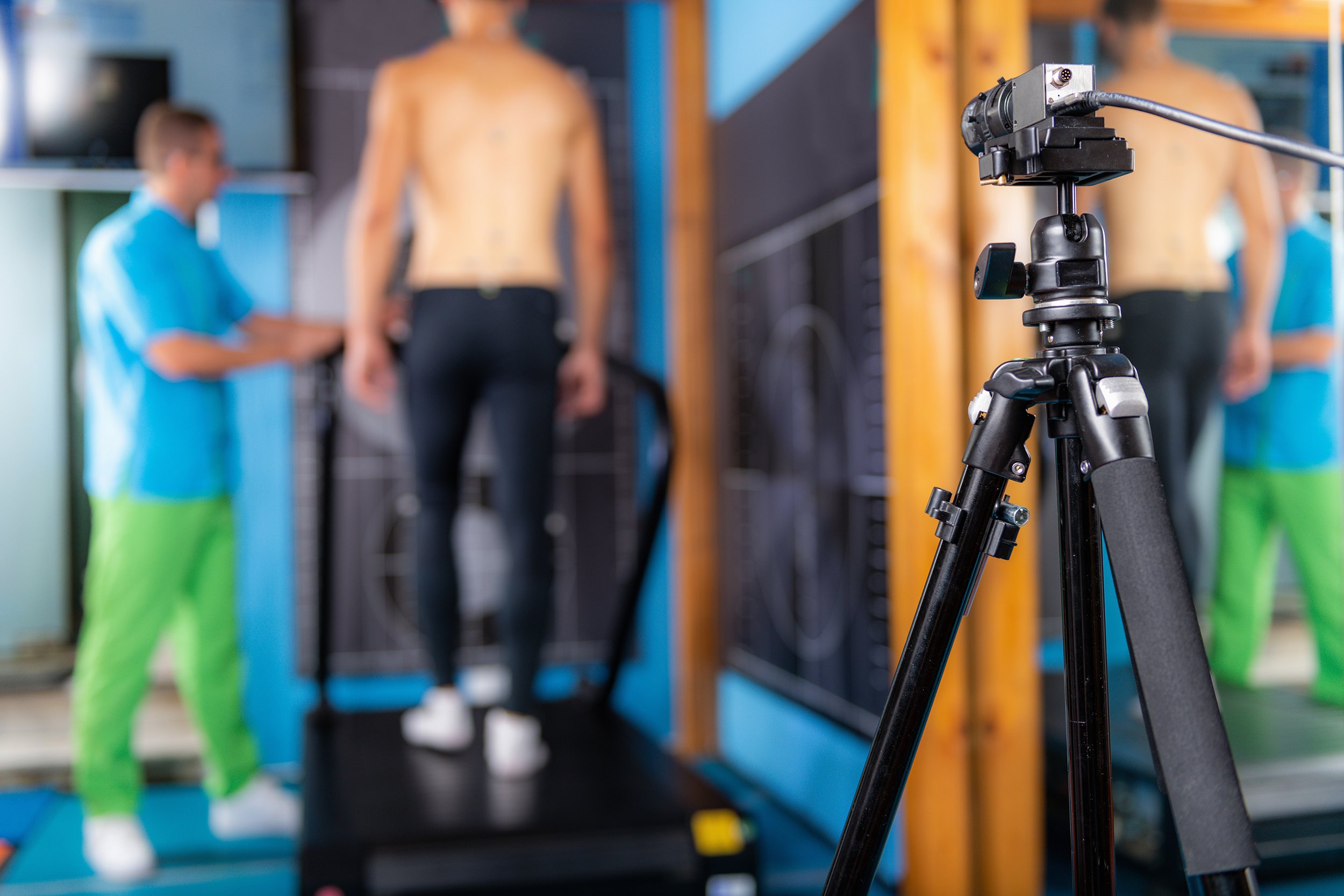Gait training is a form of physical therapy that focuses on improving a person's ability to walk. It is commonly used to help individuals who have experienced an injury, illness, or surgery that has affected their mobility and gait (the manner of walking). Gait training is also beneficial for individuals with neurological conditions, such as stroke, spinal cord injury, multiple sclerosis (MS), or Parkinson's disease.
Symptoms, causes, and expectations from physical therapy can vary depending on the specific condition or injury being treated. However, I can provide some general information:
Symptoms:
Pain or discomfort: This can be localized to a specific area or felt throughout the body.
Limited range of motion: Difficulty moving a joint or limb through its full range of motion.
Weakness: Reduced strength in muscles, making it challenging to perform certain movements or tasks.
Imbalance or coordination issues: Difficulty maintaining stability or coordinating movements, leading to unsteady gait or falls.
Fatigue: Feeling tired or exhausted more quickly during physical activity.
Decreased functional ability: Difficulty with daily activities like walking, standing, or carrying out self-care tasks.
Causes:
The causes of these symptoms can vary widely. Some common causes include:
Injuries: Sprains, strains, fractures, or joint dislocations due to accidents or sports-related incidents.
Surgical procedures: Recovery after orthopedic surgeries, such as joint replacements or ligament repairs.
Neurological conditions: Stroke, spinal cord injury, multiple sclerosis, Parkinson's disease, or other conditions affecting the nervous system.
Musculoskeletal disorders: Arthritis, tendonitis, bursitis, or other conditions affecting the muscles, joints, or connective tissues.
Chronic pain conditions: Fibromyalgia, chronic low back pain, or other persistent pain conditions.
What to expect from physical therapy:
Evaluation and personalized treatment plan: A physical therapist will assess your condition, including your symptoms, range of motion, strength, balance, and functional abilities. They will then develop an individualized treatment plan to address your specific needs and goals.
Pain management: Physical therapy may include modalities such as heat or cold therapy, electrical stimulation, or manual techniques to help manage pain and inflammation.
Rehabilitation exercises: You will be guided through specific exercises and movements to improve range of motion, strength, balance, and coordination.
Gait training and functional activities: If gait abnormalities or difficulty with functional tasks are present, the physical therapist will work on improving your walking pattern and ability to perform daily activities.
Manual therapy techniques: These may include joint mobilizations, soft tissue mobilization, or manual stretching to improve mobility and reduce pain.
Education and self-management: Physical therapists will provide education on body mechanics, posture, and strategies to prevent further injury. They may also recommend home exercises and self-management techniques for continued progress outside of therapy sessions.
Progress tracking: Your physical therapist will regularly assess your progress and adjust the treatment plan as needed to help you reach your goals.
It's important to note that the duration and outcomes of physical therapy can vary depending on the individual and the specific condition being treated. Regular attendance, active participation, and communication with your physical therapist are key to optimizing the benefits of physical therapy.
During gait training, a physical therapist or other trained healthcare professional works with the individual to assess their walking pattern, identify any abnormalities or deficiencies, and develop a customized rehabilitation plan. The training typically involves a series of exercises and activities aimed at improving balance, coordination, strength, flexibility, and endurance.
The specific techniques used in gait training may vary depending on the individual's needs and abilities. They can include:
Strengthening exercises: Targeting the muscles involved in walking, such as the legs, hips, and core, to improve overall strength and stability.
Balance exercises: Focusing on improving the individual's ability to maintain balance while walking or performing specific movements.
Range of motion exercises: Stretching and mobility exercises to increase the flexibility of the joints and muscles involved in walking.
Coordination drills: Practicing specific movement patterns and coordination tasks to enhance the smoothness and efficiency of walking.
Assistive devices: Using devices like canes, walkers, or orthotic devices to support and improve stability during gait training.
Treadmill training: Walking on a treadmill with or without body weight support to simulate walking under controlled conditions.
Functional activities: Engaging in everyday tasks, such as stepping over obstacles, walking on uneven surfaces, or navigating stairs, to improve functional mobility.
The duration and frequency of gait training sessions depend on the individual's condition and progress. Over time, gait training aims to restore a person's ability to walk safely and independently, enhancing their overall quality of life.
Self-help exercises:
While it is always recommended to work with a qualified healthcare professional for gait training, there are some exercises you can do at home to complement your rehabilitation efforts. Here are a few suggestions:
Balance exercises: Practice standing on one leg for short periods of time, gradually increasing the duration as your balance improves. You can also try standing on a soft surface like a foam mat or a folded towel to challenge your stability.
Leg strengthening exercises: Perform exercises that target the muscles involved in walking, such as squats, lunges, and heel raises. These exercises help improve strength and stability in your legs.
Walking drills: Set up a designated walking area in your home and practice walking with a proper gait pattern. Focus on stepping heel-to-toe and maintaining an upright posture. Start with shorter distances and gradually increase the distance as you feel more comfortable.
Stretching exercises: Perform gentle stretches for your leg muscles to maintain or improve flexibility. Focus on stretching your calves, hamstrings, hip flexors, and quadriceps. Hold each stretch for about 30 seconds and repeat a few times for each muscle group.
Core exercises: Strengthening your core muscles is crucial for stability during walking. Incorporate exercises like planks, bridges, and abdominal crunches to improve core strength.
Proprioception exercises: Proprioception refers to your body's ability to sense its position and movement in space. Perform exercises that challenge your proprioceptive abilities, such as standing on a wobble board or performing single-leg balance exercises on an unstable surface.
Stair climbing: If you have stairs at home, practice going up and down the stairs while maintaining a proper gait pattern. Ensure that you hold onto the handrail for safety.
Remember to start any new exercise program gradually and listen to your body. If you experience pain or discomfort during any exercise, stop and consult with a healthcare professional. They can provide personalized guidance and exercises based on your specific needs and condition so we can get you healed up and ready to be and do your best in life while keeping your independence intact.



